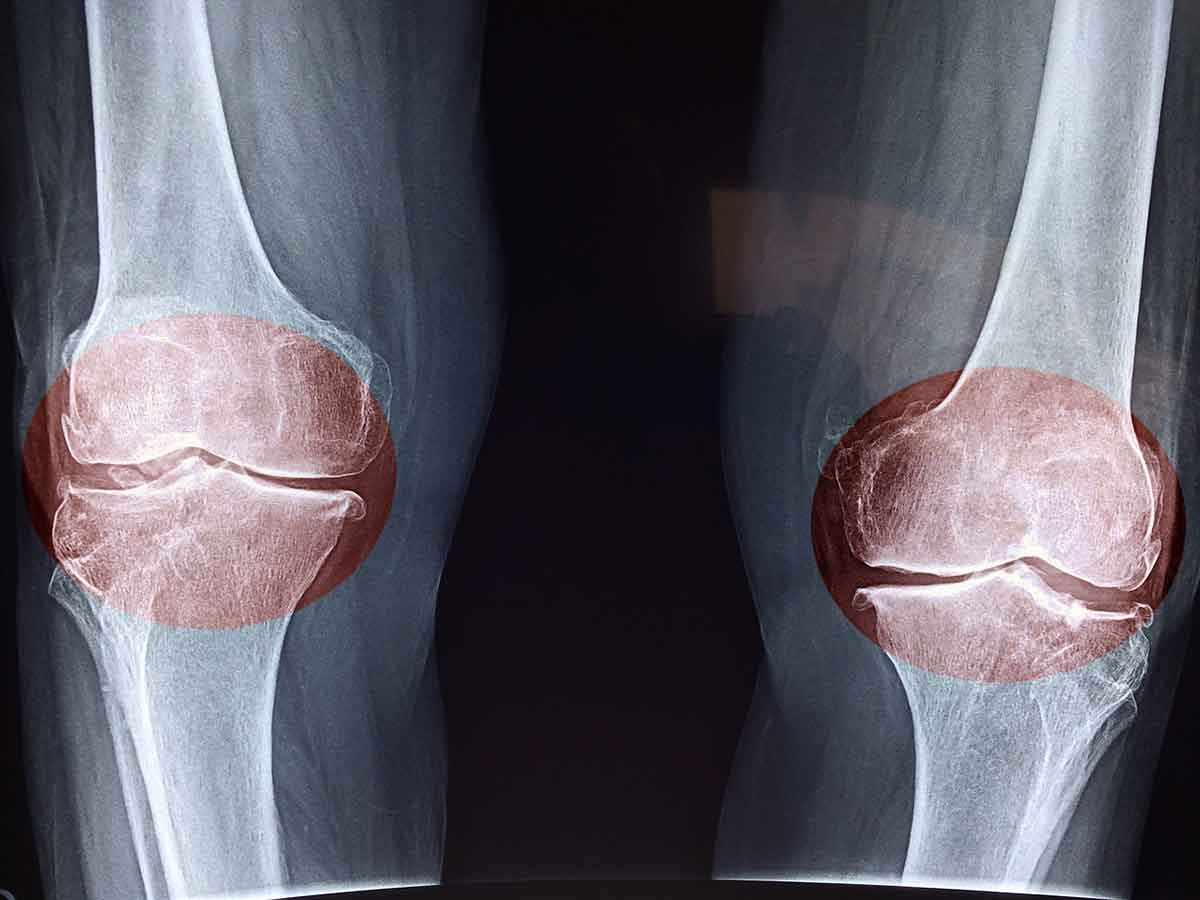The keto diet has many benefits but it also has received some criticism. The most discussed downside of the keto diet is “keto flu.” One side effect that doesn’t receive much attention is joint pains caused by the keto diet.
Why Do Joint Pains Happen on the Keto Diet?
Individuals on a keto diet usually eat a lot of protein but oftentimes consume less calcium. Plus, the ratio of animal and vegetable protein can be uneven. Both of these factors can cause a loss of bone density, which can lead to joint pain. If an individual follows the keto diet over a long period, they increase their risk for osteoporosis.
First, the elimination of fruits, grains, and most vegetables due to the diet results in the body failing to receive proper vitamins and minerals. Since meat is high in protein and some vitamins, it doesn’t include everything the human body needs to function efficiently. This causes undue strain and leads to painful flare-ups in the joints.
Second, high amounts of saturated fats increase the chances of joint pain. Individuals following the diet can avoid inflammation by incorporating good fats from foods such as salmon or avocados, and consume fewer foods like red meats, which are high in cytokines and leukotrienes that escalate inflammation.
How Long Do Joint Pains Last?
Many individuals report reduced inflammation and joint pain on the keto diet. For that reason, an increase in joint pain can simply be a symptom of the keto flu. The keto flu typically starts after a few days and occurs in the early stages of the diet. The general recommendation is to wait for the joint pain to subside after the keto flu passes.
Where Do Joint Pains Usually Occur?
Joint pains caused by the keto flu are commonly reported in the knees, but the impacted areas vary. A person with a previous history of inflammation and irritation is more likely to experience joint pains.
How Can Individuals Relieve Joint Pain Symptoms?
If the keto flu passes, and individuals still experience joint pain, it doesn’t mean they need to stop following the diet. Instead, it’s a sign that they should incorporate more low-inflammation foods into their diet (keto-friendly of course). The top seven anti-inflammatory foods for a keto diet are turmeric, ginger root, salmon, macadamia nuts, walnuts, healthy nuts, and green, leafy vegetables.
Joint pain is not an indication of failure. Like any diet, the keto diet takes tweaking and modification to make it a perfect fit. First, determine if the joint pain is just a symptom of keto flu. If joint pains continue after the keto flu passes, the next step is to try altering the diet to include more anti-inflammatory foods. Finally, if joint pains persist then you should consult with a medical professional or consider abandoning the diet.

